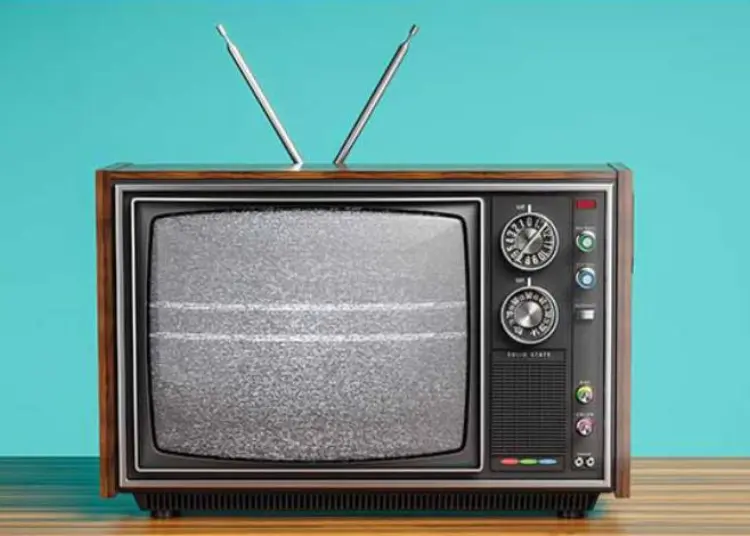The Telecom Regulatory Authority of India (TRAI), in its latest recommendations for the National Broadcast Policy (NBP) 2024, proposed establishing a transparent and credible audience measurement and rating system for television, radio, and OTT broadcasting services. The authority suggested overhauling the current audience measurement system, suggesting the introduction of multiple agencies and an expansion of the sample size.
The regulator emphasised that the entry of multiple agencies not only introduces competition but also has the potential to enhance the quality of service and reduce costs. Competition acts as a catalyst for innovation, pushing to adopt new technologies, research methodologies, and analytical methods, thereby ensuring a continuous evolution that aligns with the changing dynamics of the media landscape.
Moreover, the competitive environment serves as a natural deterrent against any attempt of manipulation in ratings. With multiple agencies competing for accuracy and credibility, any attempt to manipulate ratings becomes more easily detectable. Also, countries like Australia, Malaysia, Singapore, South Korea have two agencies for audience measurement, it stated.
Currently, audience measurement in India predominantly hinges on ratings provided by the Broadcast Audience Research Council (BARC). BARC utilises a singular rating system to assess viewership across channels. This approach has persisted for numerous years, hence making a transition to multiple rating systems will mark a significant development in the industry.
However, The recent development has sparked concerns within the industry, especially among advertisers and marketers. Stakeholders welcome some recommendations, but debate the involvement of multiple currency agencies.
A senior marketer said, “The measurement system serves as the benchmark advertisers rely on to gauge their spends’ efficiency. It’s crucial to establish a unified measurement system and currency to avoid fragmentation, ensuring consistency and reliability in evaluating advertising impact. Multiple currencies would lead to unnecessary disruptions in the industry.”
Another senior marketer also expressed the view that involving multiple agencies can lead to multiple complications.

Similarly, Ashish Bhasin, Founder of The Bhasin Consulting Group, also believes that it’s crucial to have a single agency measure multiple media to avoid viewing the consumer in silos.
“Currently, with BARC, advertisers, broadcasters, and agencies see television ratings separately from digital ratings, which are obtained from other sources. This disjointed approach fails to reflect the consumer’s actual behavior. For instance, a consumer might watch linear TV one moment and switch to mobile or laptop content the next, such as watching Star Plus on Hotstar. So the lines between the digital and linear have blurred in real life, but in measurement that hasn’t blurred, it is still in strong silos,” he said.
“Looking back at history, we once had two rating agencies, TAM and INTAM. This system failed due to issues such as leakage of lists, leading the industry to unite and form BARC. All stakeholders came together to establish this entity. However, over the years, the digital sector has grown independently, while BARC has remained focused solely on measuring TV,” he added.
Bhasin also highlighted that now, there is a clear need to integrate these measurements. In a diverse and populous market like India, sample size is always a challenge.
“We must improve this aspect to ensure the sample sizes are adequate, increased, and truly representative of all media. All stakeholders need to be involved in this process, constantly seeking improvement. Having multiple agencies will not solve the problem, it may actually exacerbate it,” he added.

On the other hand, Ashish Golwalkar, Senior Media Consultant and former Head of Content at Sony Pictures Networks India, mentioned that BARC is an industry body sponsor and funded by both agencies and broadcasters, but if an independent agency enters and gives data that is required, that is needed.
“This scenario mirrors international practices in developed countries where multiple agencies often operate concurrently, such as India’s past experience with TAM and INTAM. Despite potential confusion due to varying metering methodologies, having multiple agencies can offer marketers a broader market perspective, Golwalkar said.
“However, I don’t believe it will enhance transparency. While consumption habits have evolved, data is still predominantly sourced from television meters. This poses a challenge because a significant portion of data originates from both television and the internet. Irrespective of that, I should have representation in overall data,” he added.
Furthermore, he went on to say that as a content maker, it’s challenging to gauge the duration and depth of current viewership representation. Unlike advertisers, he is focused on understanding who is watching my content, their location, and consumption patterns. Digital viewership differs significantly from television viewership in behavior and engagement metrics.
“You can watch the same episode twice, most apps offer a feature where you can start from where you left off. This capability is distinct from television, where viewing is continuous, you either watch or you don’t. You can’t program television to start a show and pause midway to gauge your learning, unlike digital platforms. However, the viewer remains the same. How do you capture this behavior?” he asked.
Golwalkar also mentioned that challenges are going to be there when there would be two agencies as it’s double the work for all the planners.
On being asked if the government should help fund the new system, Bhasin pointed out that the government is an essential stakeholder and should always be involved, but in a facilitating role. While it would be beneficial for the government to fund the initiative, it is unrealistic given India’s numerous priorities, such as health, education, and poverty alleviation.
“The government’s facilitation and inputs are invaluable, but the actual execution must be carried out by those who face the challenges daily and whose livelihoods depend on it. The government should not run the system, but its input and facilitation can add value without interfering in the operations. This approach would be the ideal model,” he added.
Golwalkar stated that the government’s role should be limited to governance only and they should refrain from direct involvement in industries. Instead, their focus should be on establishing clear guidelines, ensuring transparency, implementing laws, and setting frameworks for companies to adhere to.
















